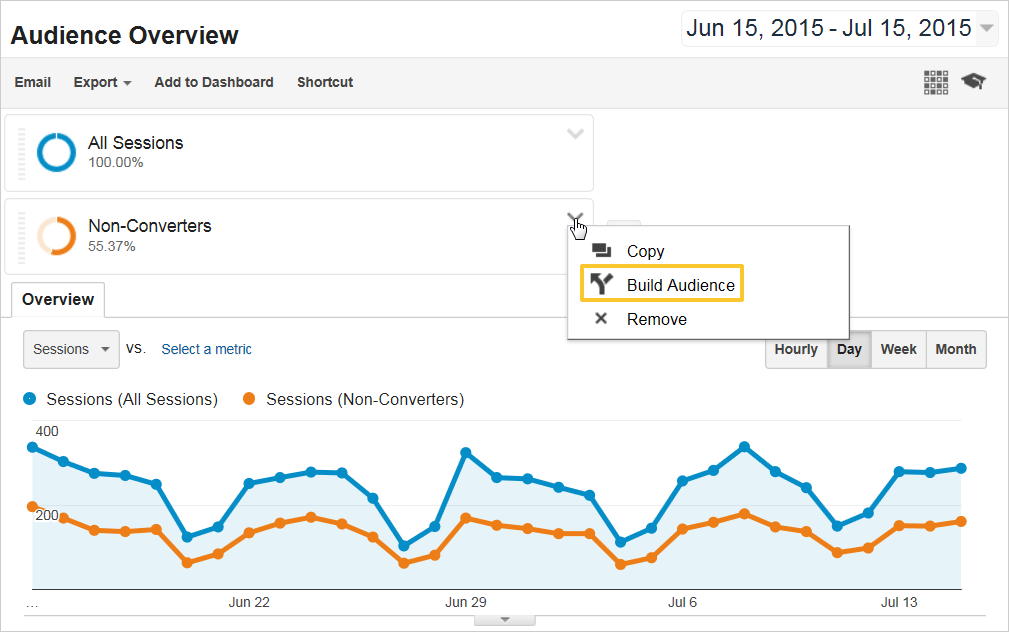A Full Guide to Remarketing In Google Analytics
Harnessing Remarketing in Google Analytics: A Comprehensive Overview
Using remarketing in Google Analytics uses companies a tactical side in reaching out to possible consumers. The capability to target individuals that have currently interacted with your internet site offers an unique opportunity for customized marketing efforts. By recognizing exactly how to craft audience lists and deploy them efficiently, services can substantially boost their conversion rates. The details of setting up and enhancing remarketing projects require a comprehensive understanding of target market segmentation and efficiency evaluation. This overview will clarify the vital actions included in taking advantage of the full capacity of remarketing in Google Analytics, leading to boosted marketing outcomes.
Understanding Remarketing in Google Analytics
Remarketing in Google Analytics allows services to purposefully target individuals that have actually formerly interacted with their web site or mobile app. By leveraging data from Google Analytics, organizations can develop tailored remarketing lists based upon user behavior, such as pages visited, actions taken, or particular objectives attained. This powerful device makes it possible for organizations to re-engage with individuals who have actually revealed interest in their service or products, inevitably increasing the probability of conversion.
Recognizing the different kinds of remarketing approaches is critical for a successful campaign - What Is “Remarketing” In Google Analytics?. Google Analytics provides different alternatives, including standard remarketing, dynamic remarketing, and remarketing lists for search advertisements (RLSA) Each kind serves a special function and can be customized to meet specific advertising and marketing goals
Moreover, examining the efficiency of remarketing projects is necessary for maximizing outcomes. Google Analytics gives important insights into the efficiency of various remarketing strategies, allowing organizations to make data-driven choices and refine their targeting approach. By continually keeping an eye on and changing remarketing efforts based on analytics information, organizations can make the most of ROI and drive success in their marketing efforts.
Establishing Up Remarketing Campaigns

After establishing up target market lists, the next step is to link Google Analytics with Google Advertisements. By linking these two platforms, organizations can effortlessly transfer target market checklists from Google Analytics to Google Ads for remarketing objectives. This combination permits more exact targeting and much better campaign performance.
As soon as the accounts are linked, services can produce remarketing campaigns in Google Advertisements utilizing the audience notes previously defined in Google Analytics. These campaigns can be customized with details ad creatives, messaging, and bidding strategies to properly re-engage with past site visitors and drive conversions. By complying with these actions, organizations can utilize the power of remarketing to enhance their advertising and marketing efforts and boost ROI.
Making Use Of Audience Segmentation Methods

Predefined segments in Google Analytics permit you to promptly evaluate common audience classifications like brand-new individuals, returning customers, or users click to read who finished a certain goal on your site. Custom-made sections, on the other hand, enable you to develop unique sections based on particular standards that are very important to your company objectives. Dynamic remarketing checklists instantly adjust based on customer behavior, showing personalized ads to users who have actually communicated with your website in particular methods.
Studying Remarketing Performance Metrics
Upon reviewing the effectiveness of remarketing campaigns in Google Analytics, the evaluation of crucial efficiency metrics gives useful insights into audience engagement and conversion rates. By diving into metrics such as click-through prices (CTR), conversion rates, expense per procurement (CERTIFIED PUBLIC ACCOUNTANT), and return on advertisement invest (ROAS), online marketers can determine the success of their remarketing efforts. Analyzing these metrics enables online marketers to maximize campaigns, fine-tune audience targeting, and designate budgets efficiently to improve total remarketing efficiency.
Optimizing Remarketing Strategies
When refining remarketing strategies in Google Analytics, focusing on audience division is vital for accomplishing project success. By separating your target market into details sectors based upon their actions, demographics, or passions, you can tailor your ads a lot more efficiently to each team. This targeted method enhances the probability of engaging customers who have currently shown passion in your products or solutions, causing higher conversion rates.
Another important facet of maximizing remarketing methods is continuously screening and refining your projects (What Is “Remarketing” In Google Analytics?). A/B screening different advertisement creatives, messaging, or deals can help you identify what resonates ideal with your target market and drives one of the most conversions. By analyzing the performance of these tests in Google Analytics, you can make data-driven decisions to maximize your remarketing initiatives further
In addition, leveraging dynamic remarketing can significantly improve your project results. This function permits you to reveal customized advertisements to individuals based on their past interactions with your website, showcasing services or products they have actually previously seen. By delivering customized content to users based on their passions and actions, dynamic remarketing can aid raise interaction and drive conversions.
Conclusion
In conclusion, utilizing remarketing in Google Analytics is a strategic technique important source to target individuals who have formerly involved with a site. By creating personalized audience listings and using audience division approaches, services can maximize remarketing advocate raised conversion prices. Examining efficiency metrics and constantly maximizing approaches are crucial for taking full advantage of the performance of remarketing initiatives.
Google Analytics provides various alternatives, including typical remarketing, dynamic remarketing, and remarketing lists for search ads (RLSA)After establishing up target market listings, the next action is to link Google Analytics with Google Advertisements. By linking these 2 platforms, businesses can effortlessly transfer target market listings from Google Analytics to Google Ads for remarketing purposes.When the accounts are connected, businesses can create remarketing campaigns in Google Ads making check this site out use of the audience lists formerly specified in Google Analytics.When refining remarketing strategies in Google Analytics, focusing on audience division is paramount for attaining project success.